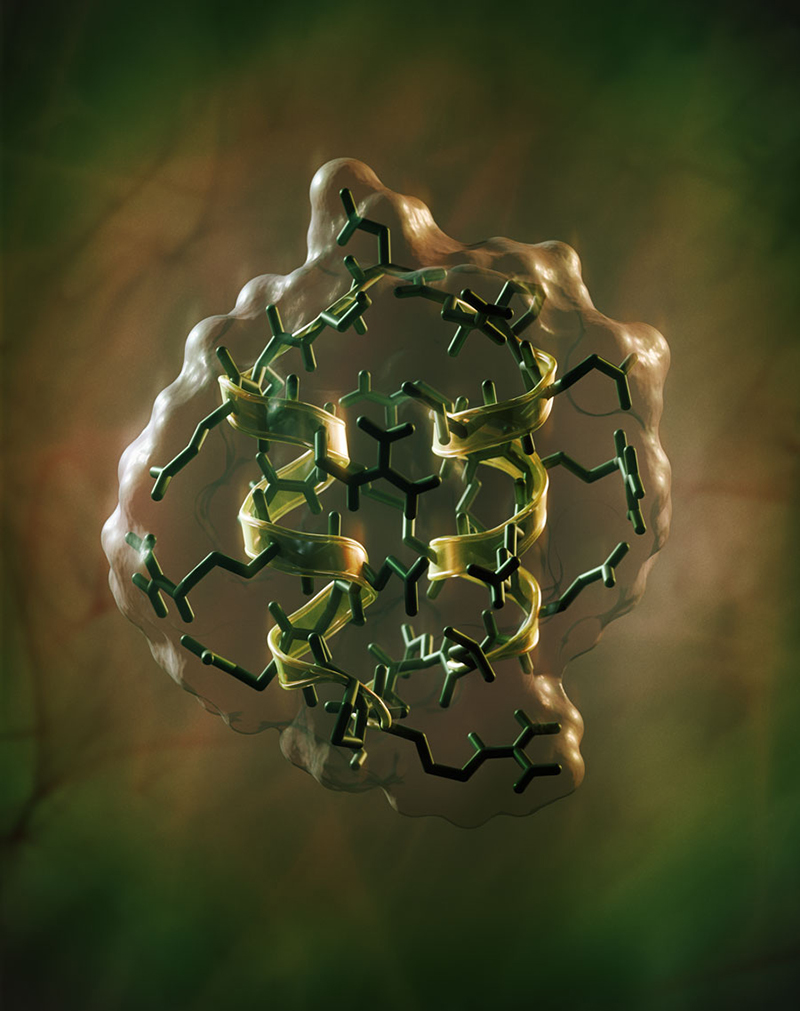The U.S. Department of Energy recently convened a discussion regarding how innovation in biotechnology will drive the future of the bioeconomy. The discussion included the importance of the design-build-test-learn (DBTL) cycle in accelerating biotechnology innovation. This research focuses on developing AI-based designs of novel peptides — short chains of amino acids in cells that carry out important biological functions — as well as building and testing those designs using high-throughput workflows, establishing our capacity to measure bacterial growth on a robotics platform.
The project will enable fully automated screening and characterization of peptides for anti-microbial activity, increase the range of research applications (e.g., biomedical) supported by Argonne’s emerging self-driving laboratory (SDL) capability, build a framework for the design of desired bacterial characteristics, and ultimately, enable design of peptides with predictable functions. We will accomplish these goals by tightly integrating AI and experimental techniques using a common data infrastructure. Using generative models that suggest peptide designs, we will evaluate and iteratively refine the efficiency of the suggested peptides to inhibit bacterial growth.
Our project will generate data from the treatment of bacteria with peptides predicted to have anti-microbial properties. These data will be used directly in the AI portion of the closed loop to improve models and guide the next round of peptide testing. The project will also address the current bottleneck for measuring the effectiveness of treatments on bacterial growth: measuring bacterial biomass, which is commonly accomplished by measuring light absorbance in the bacterial culture using a spectrophotometer. Our setup will include high-throughput detectors for bacterial growth inhibition. Peptide synthesis (the only non-autonomous activity) will be completed using a high-throughput peptide synthesizer.
Automated experimental design will be critical in advancing scientific discoveries not only in biology, but in materials synthesis and design as well. The AI-driven experimental workflow developed for this project will have broader applications in tuning and evolving novel protein interactions, ligand binding, and catalysis.
